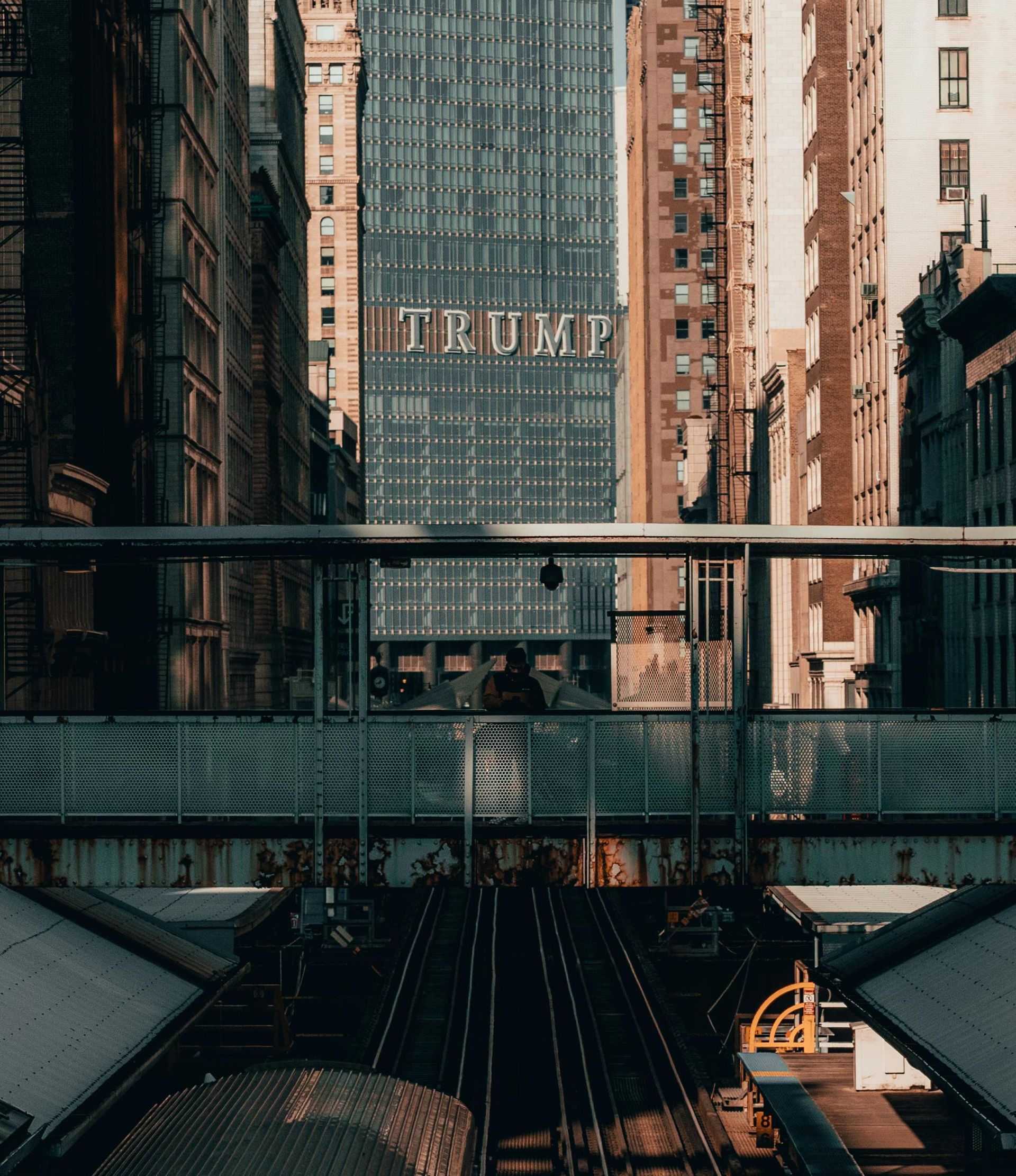Cost Segregation and Passive Income
Cost segregation may not yield immediate tax savings for all passive investors, but with thoughtful planning, it remains a highly effective long-term strategy. By understanding potential pitfalls—such as passive loss limitations—and seizing opportunities like future tax savings and portfolio-wide planning, passive investors can enhance their returns over time.
Cost Segregation Considerations for Passive Real Estate Investors
Cost segregation studies are a powerful tax tool that can significantly reduce taxable income and increase cash flow, particularly in the early years of a property’s life. By leveraging this strategy, real estate investors and business owners can reinvest savings to grow their portfolios, pay down debt, or pursue other investment opportunities. However, achieving these benefits requires careful tax planning, especially for passive investors.
What is Cost Segregation?
Cost segregation involves identifying and reclassifying components of a property into shorter depreciation categories. Instead of depreciating the entire property over 27.5 years or 39 years, cost segregation reclassifies assets into 5, 7, or 15 lives. Doing so accelerates depreciation deductions which can significantly reduce taxable income for the current tax year.
Understanding Passive Rental Income
Income from rental real estate is typically categorized as passive activity unless specific criteria are met. Two common ways real estate investors use to treat their rental income as nonpassive are:
- Qualifying as a Real Estate Professional
- Utilizing the short-term rental “loophole”
However, meeting the required qualifications for these two options requires extensive documentation and can be difficult to obtain. For those who don’t qualify, collaborating with a tax preparer is critical to minimize tax liability, assuming the activity remains passive.
Passive Loss Limitations
When rental income is passive for a taxpayer, there is one common limitation that most investors overlook:
Passive Loss Limitation Rules: Passive losses created from cost segregation studies can only offset passive income. Passive investors cannot use these losses to reduce active income. Two common situations where this can be an issue for taxpayers:
- Self-rental trap: Renting a property to an activity in which you materially participate—such as a business owner leasing a building to their own company—can disallow passive treatment. Proper tax planning can easily resolve this issue.
- Lack of Passive Income: Without sufficient passive income in the current or future years, the benefits of a cost segregation study may be limited.
Opportunities Despite Passive Limitations
Even with the passive loss limitations, cost segregation can still provide significant benefits to passive investors:
- Offsetting Passive Income: Investors with multiple properties or other sources of passive income can use cost segregation to offset income across their portfolio.
- Future Tax Savings: Passive losses exceeding current income can be carried forward indefinitely, creating opportunities for future savings.
- Partnership Benefits: Passive investors in syndications or funds can benefit from cost segregation conducted at the entity level, distributing accelerated depreciation deductions efficiently.
- Maximizing Cash Flow: Tax savings from cost segregation can be reinvested into new properties or renovations, driving long-term cash flow growth.
Tips for Passive Investors:
- Work with Experts: Collaborate with your tax preparer and cost segregation specialists to ensure the strategy aligns with your financial goals and tax plan.
- Run the Numbers: Confirm there’s enough passive income to offset and verify that the potential savings justify the cost of the study.
- Have a Savings Strategy: Since cost segregation benefits rely on the time value of money, have a plan for reinvesting tax savings into your business or portfolio.
Conclusion
Cost segregation may not yield immediate tax savings for all passive investors, but with thoughtful planning, it remains a highly effective long-term strategy. By understanding potential pitfalls—such as passive loss limitations—and seizing opportunities like future tax savings and portfolio-wide planning, passive investors can enhance their returns over time.
Next Steps
If you believe a cost segregation study could benefit your business, Align Tax Consulting is here to help. Contact our team to explore how this powerful strategy can help optimize your tax situation and boost your bottom line. Interested in seeing how cost segregation works in a real-life case study? Click below to learn more.
Want to stay Tax Savvy?
Join our Newsletter!











